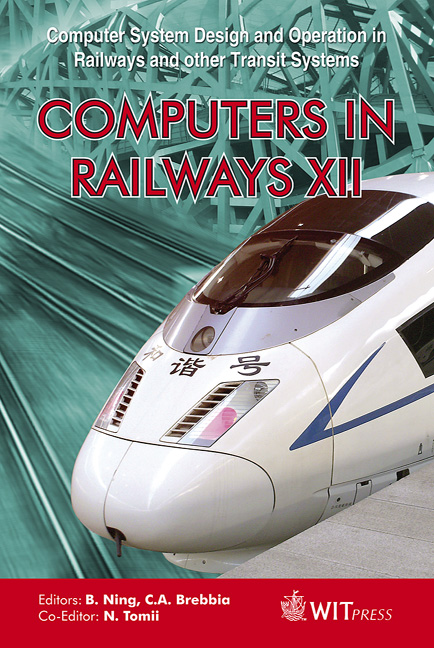A Model-based Framework For The Safety Analysis Of Computer-based Railway Signalling Systems
Price
Free (open access)
Transaction
Volume
114
Pages
12
Page Range
827 - 838
Published
2010
Size
573 kb
Paper DOI
10.2495/CR100751
Copyright
WIT Press
Author(s)
R. Niu & T. Tang
Abstract
Ensuring safety in railway signalling systems is always considered as significant as a guarantee of the safe and efficient operation of the whole railway. In fact, safety analysis of the signalling system with distributed computer technique is becoming extraordinarily difficult, because of the frequent and complex interaction between components and the various backup modes. The dominant approaches are subjective, difficult to reuse and not well structured, thus leaving the safety analysis process time-consuming and error-prone. This paper develops a hierarchical methodology for safety analysis based on the failure propagation model and state-transition model. Unlike traditional safety analyses, the proposed approach demonstrates more accurate representation of practical failure behaviour in a computer-based signalling system. Dynamic properties, system structure and failures at the component level are separately modelled in different layers, and connected with synthesis laws. The analysis can be easily refined as the system design progresses and automatically produces safety-related information to help the engineer in making design decisions. The preliminary design of the Communication Based Train Control (CBTC) system for the Yizhuang Line in Beijing is used to demonstrate this approach. Keywords: signalling system, automatic safety analysis, model-based, FPTN. 1 Introduction Railway systems have a very low tolerance for accidents, because of the potentially large numbers of injuries and deaths, huge financial losses and even worse social effects. Achieving a high degree of safety is one of the most
Keywords
signalling system, automatic safety analysis, model-based, FPTN





